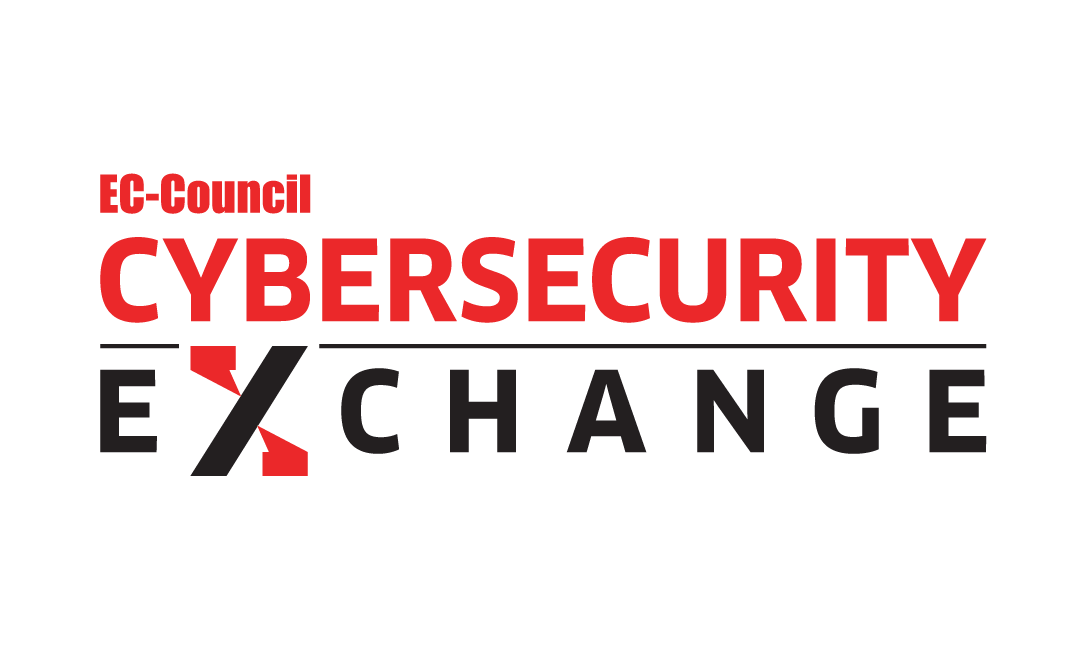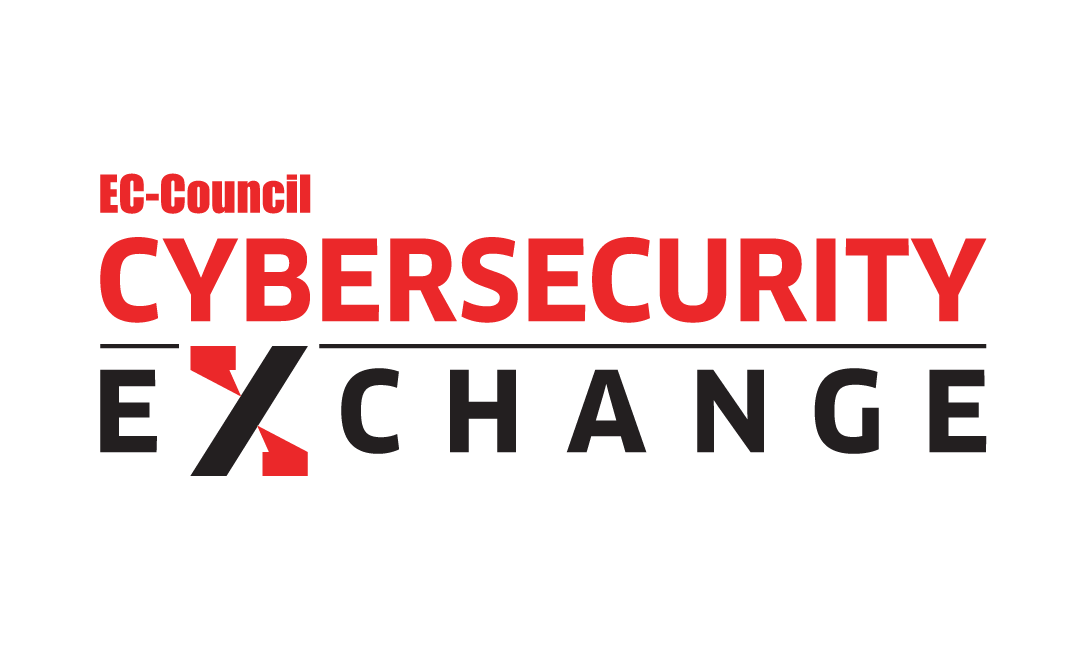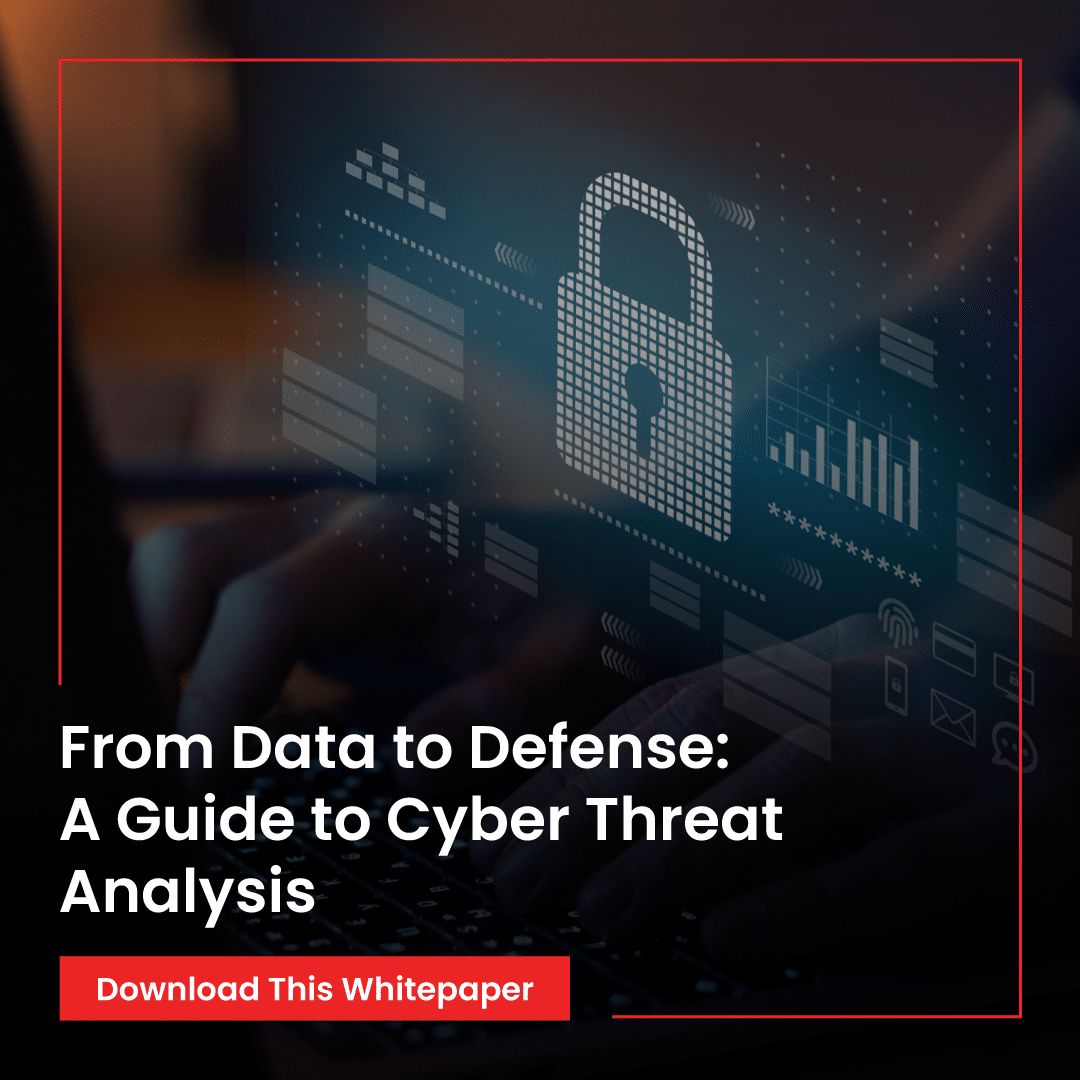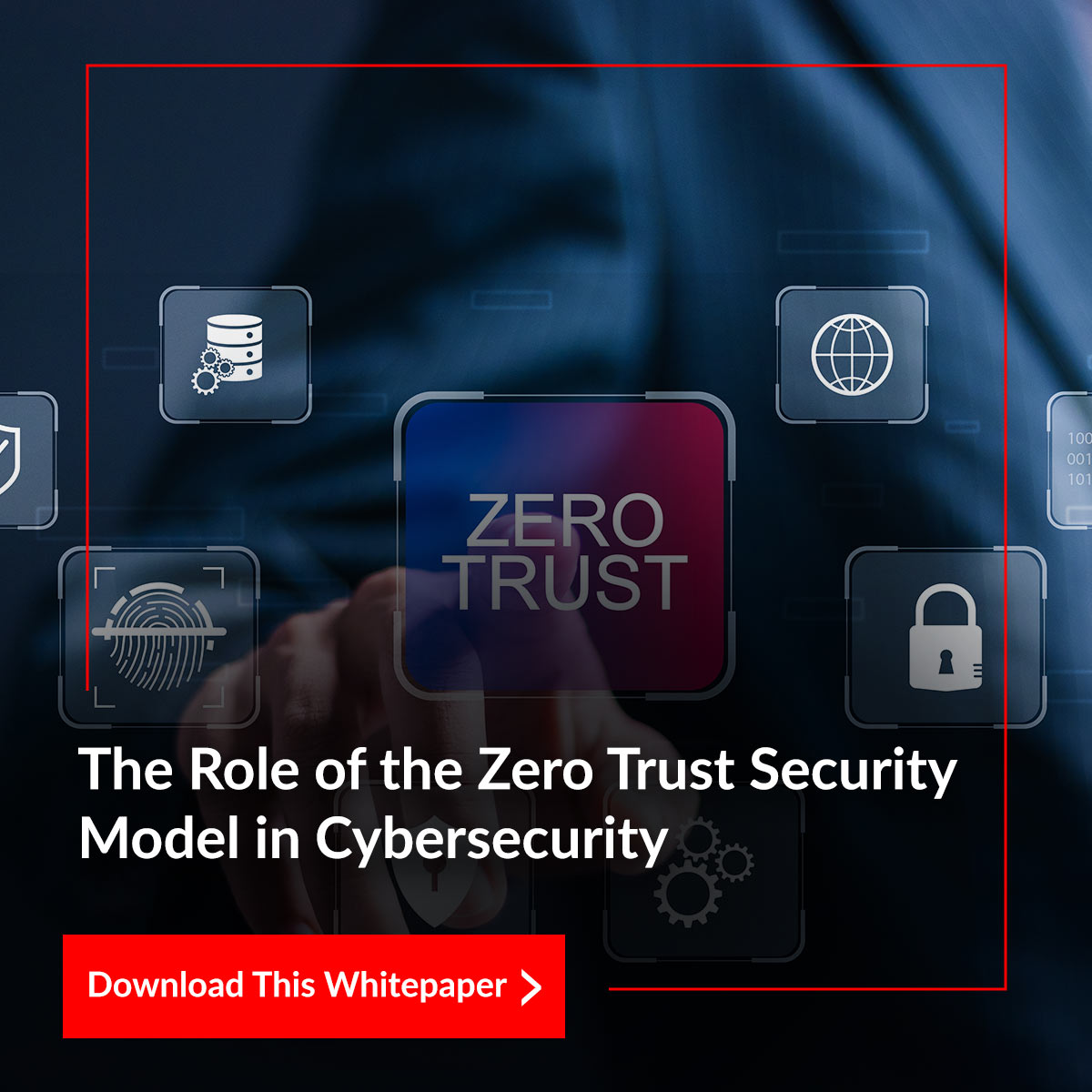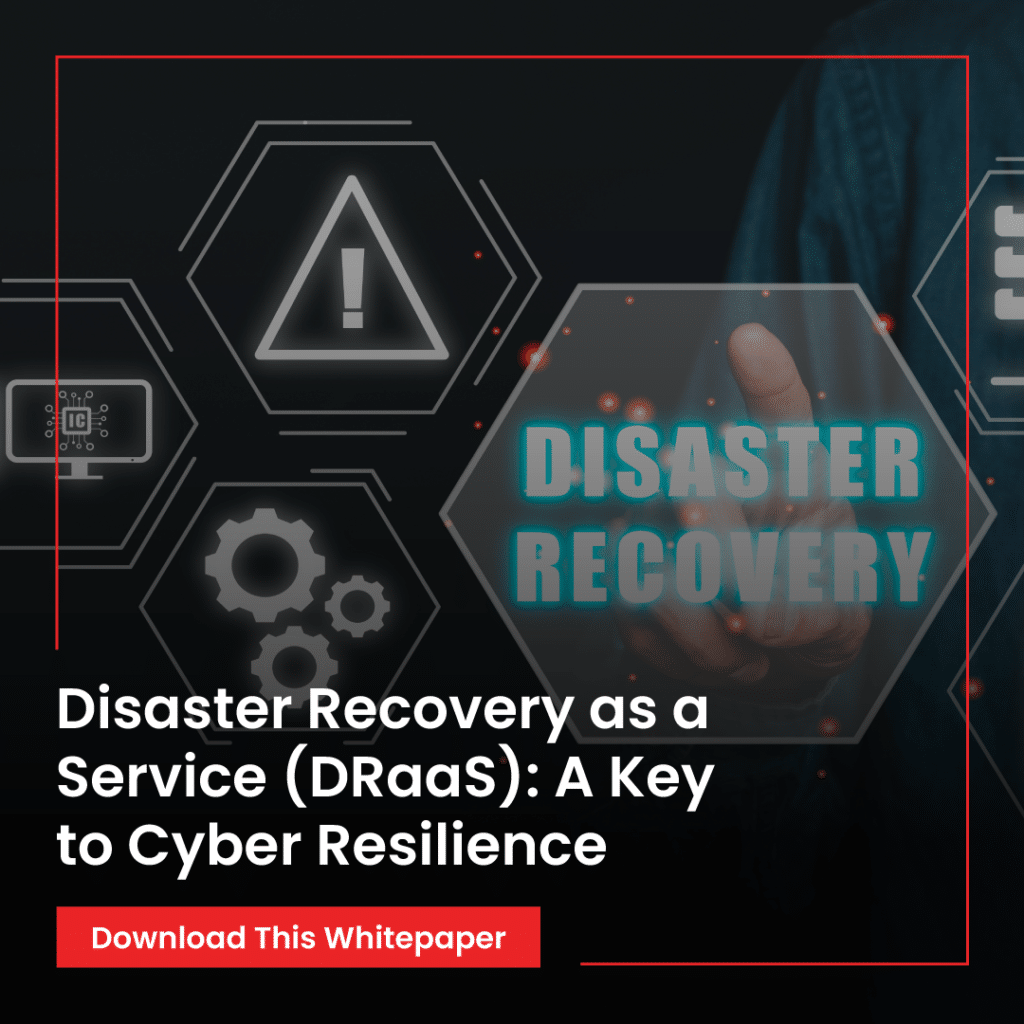

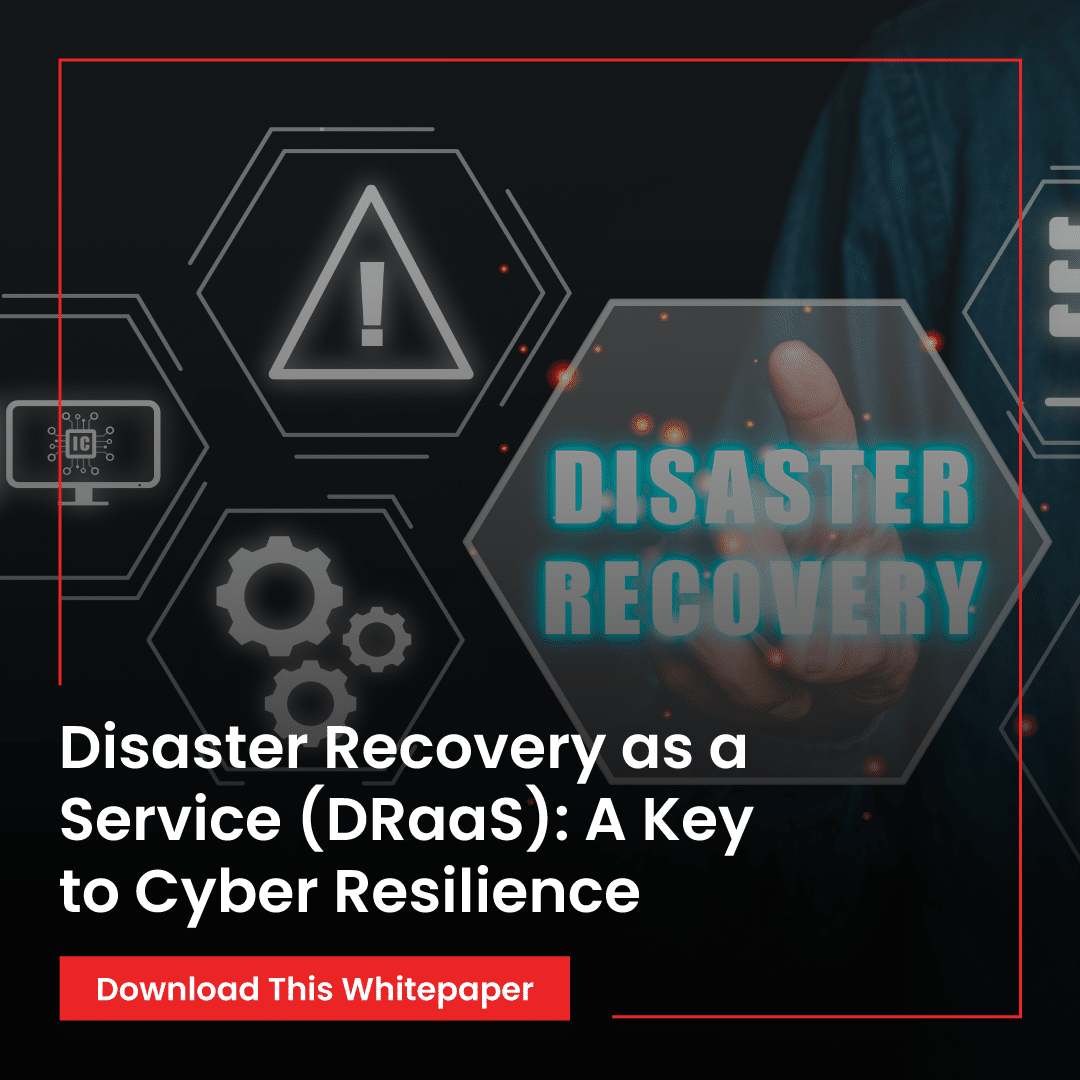
Disaster Recovery as a Service (DRaaS): A Key to Cyber Resilience
- Carlos Travagini
- Incident Handling
In today’s rapidly evolving digital landscape, organizations face an ever-growing array of security risks and IT threats. Ensuring business continuity in the face of risks such as ransomware, service downtime, etc., calls for a proactive approach to disaster recovery, which will help minimize data loss, enable maintaining critical operations, and allow swift recovery from disruptions. Also, with the introduction and widespread adoption of cloud computing and storage, Disaster Recovery as a Service (DRaaS) has emerged as a transformative solution.
Within EC-Council’s latest whitepaper, “Disaster Recovery as a Service (DRaaS): A Key to Cyber Resilience,” we embark on a journey to understanding how DRaaS offers enhanced flexibility, scalability, and cost efficiency. The white paper comprehensively overviews DRaaS and its role in safeguarding database systems against data loss and operational downtime. It also discusses the capital and operational expenses involved with traditional disaster recovery methods against cloud-based solutions. Where traditional methods often require significant investment in infrastructure and expertise, cloud-based DRaaS leverages cloud storage and computing capabilities to provide automated, cost-effective, and reliable backup and recovery of data.
One of the key advantages of DRaaS is its ability to ensure recovery with minimal disruption. DRaaS continuously backs up data and instances to the cloud, ensuring that critical business functions can be restored quickly in the event of an incident or natural disaster. Furthermore, DRaaS automates failover and failback processes, reducing manual intervention and accelerating recovery times. These features make it a compelling option for organizations looking to enhance resilience while optimizing costs.
The whitepaper also explores various DRaaS models, including fully managed, assisted, and self-service solutions, each offering different levels of control and automation based on business requirements. It also delves into the financial considerations of DRaaS adoption, highlighting the cost-effectiveness of cloud-based disaster recovery solutions. Additionally, it examines key security measures and compliance considerations, ensuring that DRaaS solutions align with industry standards and regulatory requirements.
In conclusion, “Disaster Recovery as a Service (DRaaS): A Key to Cyber Resilience” serves as a guide to security stakeholders, encouraging them to leverage cloud-based disaster recovery solutions to achieve enhanced data protection, improved operational resilience, and reduced downtime, ultimately ensuring uninterrupted service delivery. To gain in-depth insights into acquiring and implementing a scalable, secure, and efficient approach to disaster recovery, download the full whitepaper by submitting your details in the form below. Stay ahead of cyber threats and ensure uninterrupted business operations with cloud-driven DRaaS solutions.
